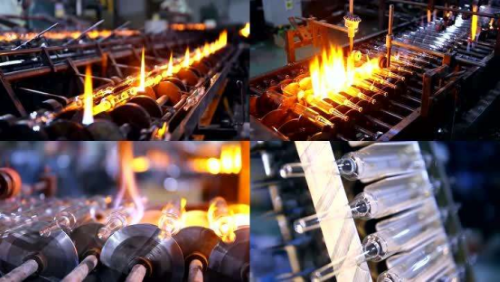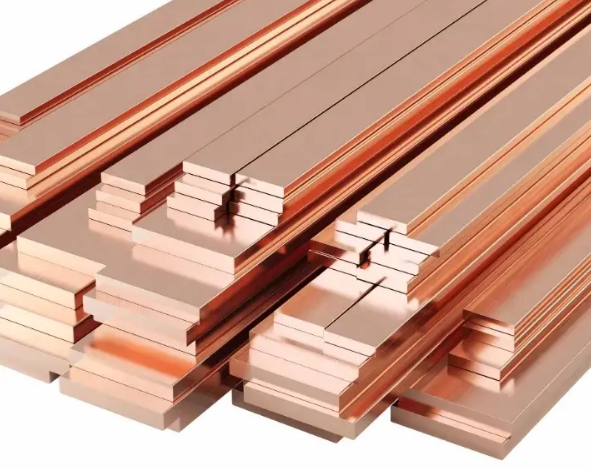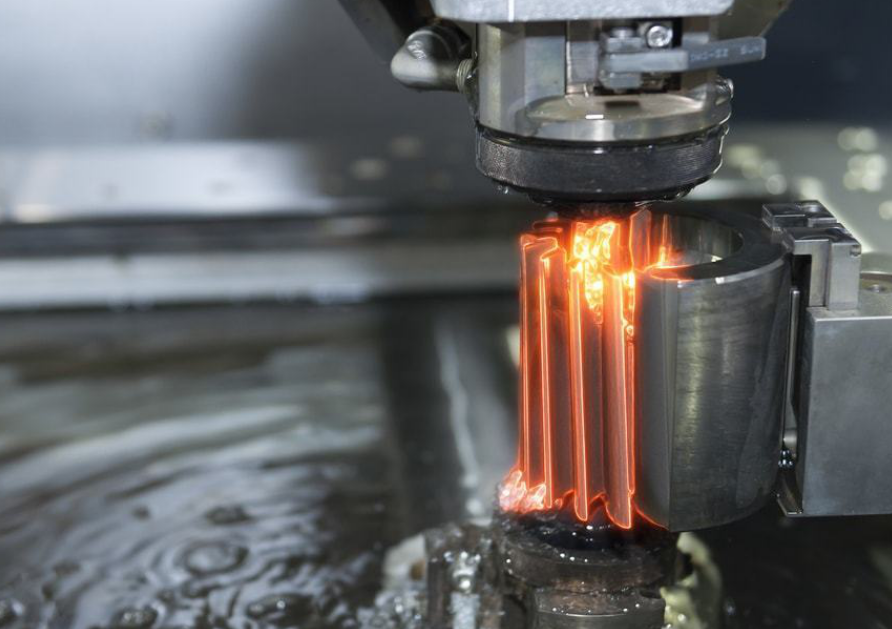10 Common Uses of Industrial Precious Metals
Industrial precious metals such as gold (Au), silver (Ag), platinum (Pt), palladium (Pd), rhodium (Rh), iridium (Ir), and ruthenium (Ru) are crucial in various industries due to their unique properties, including excellent electrical conductivity, corrosion resistance, and catalytic activity. These metals are used in a wide range of applications, which contribute to their high demand. Below is a breakdown of their major application fields:
1. Electronics and Electrical Engineering
Precious metals are vital in the electronics and electrical engineering sectors due to their superior conductivity and resistance to corrosion.
- Gold and Silver: These metals are commonly used in connectors, switches, circuit boards, and other components in electronic devices like smartphones, computers, and other consumer electronics. Gold, in particular, is used for high-precision connectors due to its excellent conductivity and resistance to oxidation.
- Silver: Silver is frequently used in high-performance electronics and as a critical component in photovoltaic cells for solar panels, given its high electrical conductivity.
- Platinum and Palladium: These metals are essential in specialized electronic components such as hard disk drives and connectors used in automotive electronics.
2. Catalysis in Chemical Reactions
Precious metals play a significant role in industrial catalysis, helping drive numerous chemical processes by lowering energy barriers.
- Platinum, Palladium, and Rhodium: These metals are used in catalytic converters in the automotive industry to reduce harmful emissions, converting toxic gases into less harmful substances. They also function as catalysts in hydrogenation reactions, oxidation, and in fuel cell technologies.
- Ruthenium and Iridium: These metals are used in various industrial chemical processes, such as the production of ammonia for fertilizers and the refining of petroleum.

3. Medical and Pharmaceutical Applications
Precious metals are indispensable in medical devices and treatments due to their biocompatibility and resistance to corrosion.
- Platinum and Palladium: Used in the production of medical devices such as pacemakers, stents, and diagnostic equipment. Platinum-based drugs, such as cisplatin, are also essential in cancer treatment, especially in chemotherapy regimens.
- Gold: Known for its biocompatibility, gold is used in dental work, including fillings and crowns, as well as in some medical implants.
- Rhodium and Iridium: Employed in medical instruments and as alloys for implantable medical devices, benefiting from their high durability and biocompatibility.
4. Energy and Fuel Cell Technologies
The energy sector relies heavily on precious metals, especially for fuel cells and energy storage solutions.
- Platinum and Palladium: These metals are key components in hydrogen fuel cells, which are critical to clean energy solutions. Platinum is also used in electrochemical processes that generate electricity from hydrogen.
- Rhodium: Often used in high-efficiency fuel cells and in energy applications that require exceptional resistance to high temperatures.
- Ruthenium: This metal is being studied for its potential use in hydrogen generation and energy storage systems, which are important for advancing renewable energy technologies.
5. Aerospace and Automotive Industries
In these high-performance sectors, precious metals are used for their resilience under extreme conditions.
- Platinum and Palladium: These metals are crucial in the aerospace industry, where their resistance to heat and corrosion makes them ideal for components exposed to extreme conditions, such as turbine blades and exhaust systems.
- Rhodium and Iridium: Known for their ability to withstand extremely high temperatures, these metals are used in spark plugs and other components in internal combustion engines as well as aircraft parts.
6. Environmental Applications and Emission Control
Precious metals are essential for environmental protection, particularly in reducing harmful emissions.
- Rhodium and Platinum: Used in catalytic converters to help reduce harmful emissions from vehicles and industrial processes, playing a crucial role in air pollution control.
- Ruthenium and Palladium: These metals are also being investigated for their potential to aid in carbon capture and conversion technologies, which are critical in reducing global carbon emissions.

7. Optics and Photonics
Due to their unique reflective properties and resistance to oxidation, precious metals are used in optical applications.
- Platinum and Palladium: Employed in specialized optical devices such as sensors and lenses, these metals offer excellent thermal stability.
- Gold: Gold is used in coatings for optical equipment like mirrors and lenses, where its reflectivity and resistance to tarnishing are critical.
8. Hydrogenation and Chemical Synthesis
Precious metals are central to various chemical synthesis processes, particularly in industries like food production and petrochemicals.
- Platinum, Palladium, and Rhodium: These metals are used in hydrogenation reactions, where unsaturated organic compounds (like oils) are converted into saturated compounds, a key process in the food industry. They also catalyze petrochemical processes.
9. Glass Manufacturing
Precious metals are used in the manufacturing of high-quality glass, especially in industries where temperature stability is crucial.
- Platinum and Rhodium: These metals are vital in high-temperature glass manufacturing, where their resistance to heat and corrosion is essential. They are also used in producing specialty glass, such as fiber optic cables.

10. Data Storage and Telecommunications
In data storage and telecommunications, precious metals play a role in creating high-performance, reliable components.
- Gold and Silver: Used in the production of data storage devices such as hard drives and in telecommunication components like connectors and antennas.
Conclusion
Industrial precious metals are essential across industries like electronics, energy, healthcare, and environmental protection. Their ability to withstand extreme conditions, conduct electricity, and catalyze key chemical reactions drives their high demand in advanced technologies and industrial applications. For more precious metal products and technical support, please check Stanford Advanced Materials (SAM).



